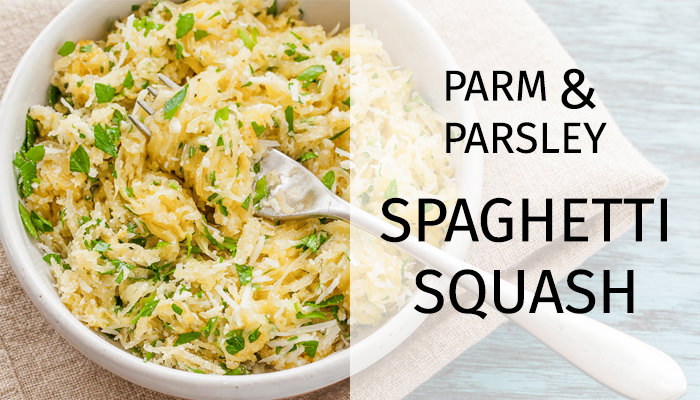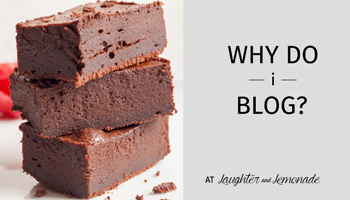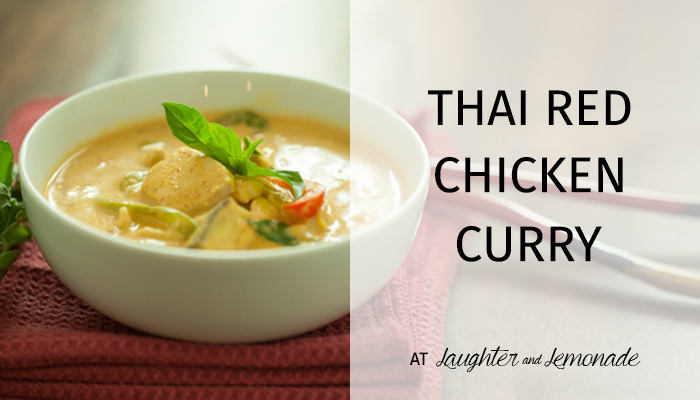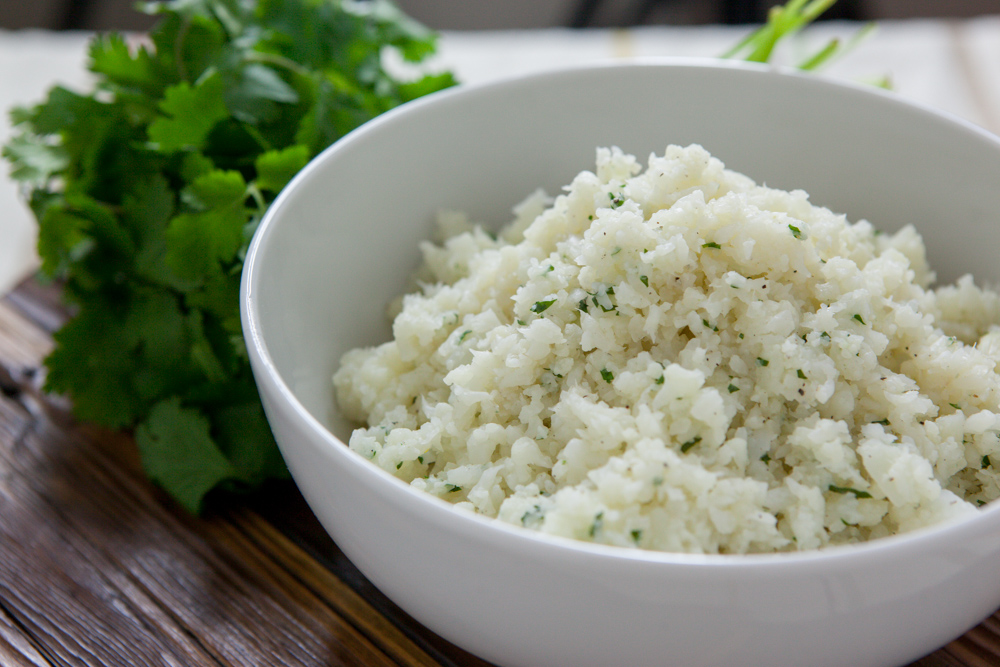
Cauliflower rice is so versatile. There’s an endless combination of things you can do to it and serve it with. Being that is still January of the new year and a lot of readers are newly interested in paleo, I thought it was important to post a recipe for a paleo staple: Basic Cauliflower Rice. If you’re new to paleo, you’re probably looking for ways to enjoy some of your favorite foods in a grain-free, whole-foods way. This is a great substitute for rice on the paleo diet.
Techniques. There’s many techniques you can use to make cauliflower rice. Raw. With raw cauliflower, you can chop it using a food processor with a grating blade (as I did in my Baked Cauliflower Fried Rice), a food processor with the chopping attachment, or a box grater. After chopping it raw, you can sauté it, boil it, bake it, or steam it. Cooked. You can also steam or boil cauliflower florets and then turn them into rice. All you need to do is boil or steam the florets, strain the liquid from the cooked cauliflower, and then mash it with a potato masher. This breaks it into rice-like bits. This is what I find to be the simplest and easiest method. The cooked method is what I used in this recipe. See the recipe below, it’s simple!
Make it exciting! The easiest way to add flavor to a basic cauliflower rice is to boil the cauliflower in a chicken or vegetable broth. To add more flavor, you can also add garlic cloves to the boiling liquid and strain them out (or if you love garlic leave them in) before you mash them. After the rice is cooked, strained, and mashed, I like to add citrus juice, citrus zest, and an herb or herbs. My basic recipe uses lemon juice, lemon zest and fresh parsley. Other combinations I like are lime and fresh cilantro; lemon and fresh chives, and orange and fresh rosemary. Also consider herbs like chives, dill, or basil and citrus like grapefruit or kumquats. Choose citrus and herbs that pair well with your meat entrée; for example I prefer to serve lime-cilantro rice with my Sesame Beef and lemon-dill rice with Quick Blackened Cod. You could also drizzle the rice with a little flavored oil like sesame oil or chili oil.
You could even add more color to your plate by buying colored cauliflower. Cauliflower comes in white (original), orange, purple, and green (which is also known as broccoflower). These are not genetically modified, but naturally selectively bred. In the world of fruits and vegetables, more color equals more nutrients. So not only will colorful versions of cauliflower rice brighten your plate, but they will also add nutrition to it. So be creative and get cooking!
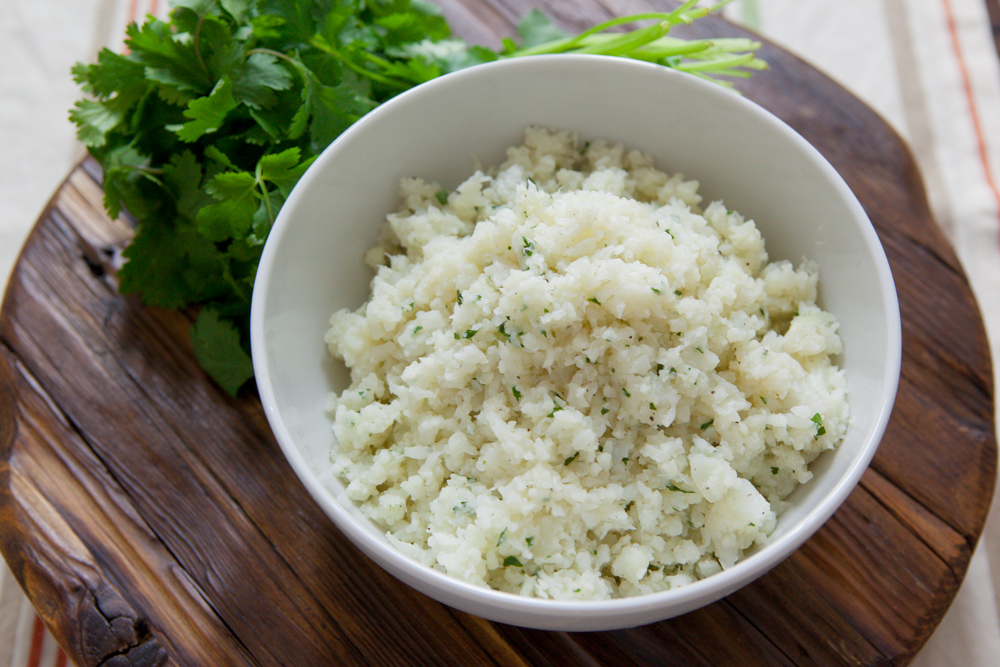
Cauliflower is a vegetable in the same family as veggies like cabbage, brussels sprouts, and, broccoli. These veggies can get a bad rap and are notorious for kids disliking them. This is because they contain sulfur, which can get stinky when cooking, especially if cooked in a way that traps or heightens the stink. Make sure whenever you’re boiling or blanching these veggies you leave the lid off of the pot. This way the steam can escape and not get trapped in the veggie. This is also why these types of veggies are spectacular roasted in the oven; it brings out a caramelized sweetness with no sulfuric stink.
- 1 head cauliflower, chopped into florets
- ¼ teaspoon each, salt and pepper
- 1 lemon, zested and juiced
- 2 tablespoons parsley, chopped
- Fill a medium-size pot half way with water (or broth) and bring to a boil.
- Add cauliflower and cook for 10 minutes or until soft and fork tender.
- Strain liquid, leaving cauliflower in the pot. Using a potato masher, mash cauliflower. It will break up into rice-like bits.
- Stir in salt, pepper, lemon juice and zest, and parsley.
